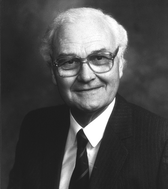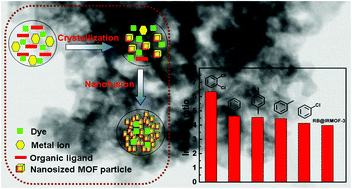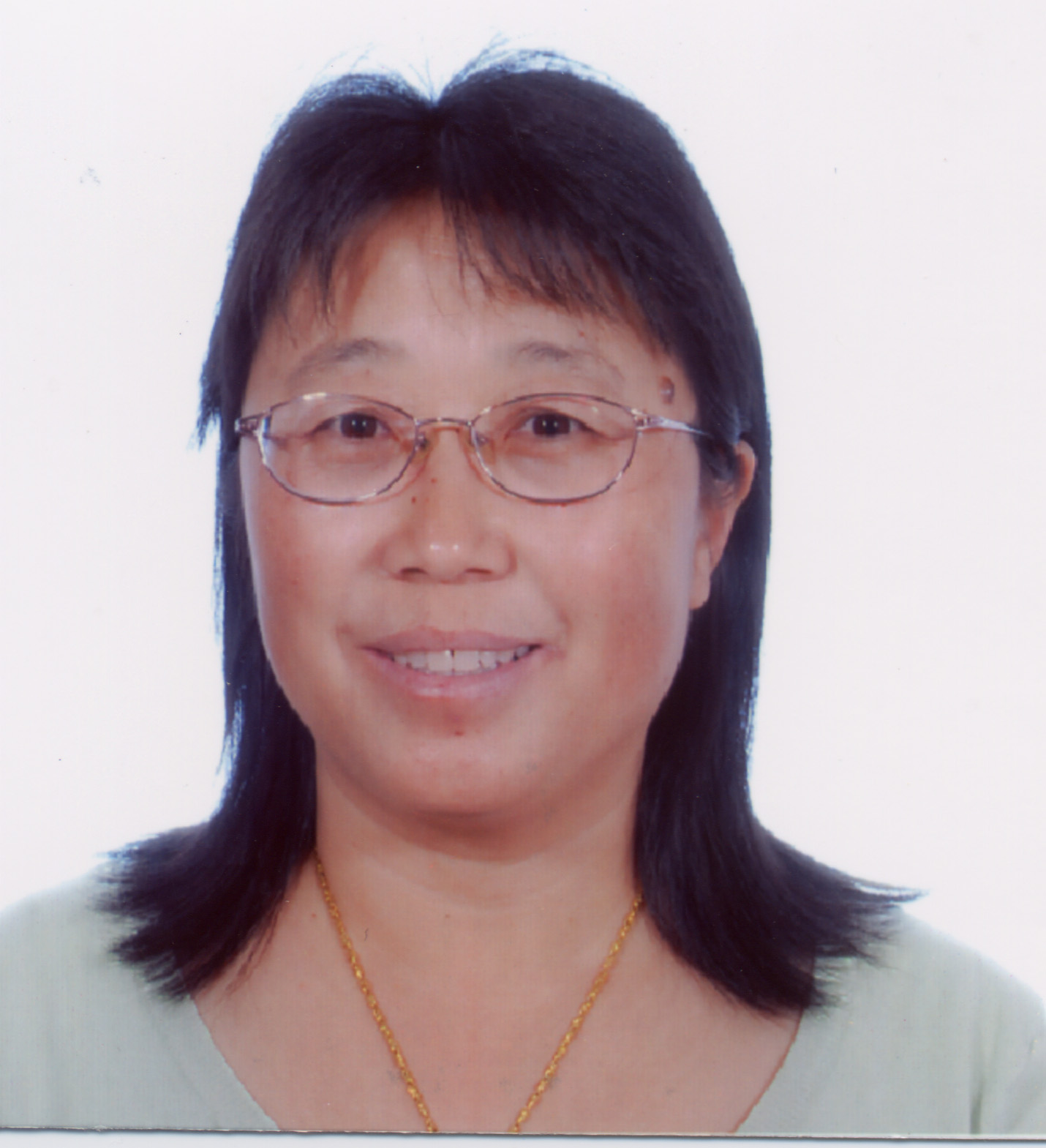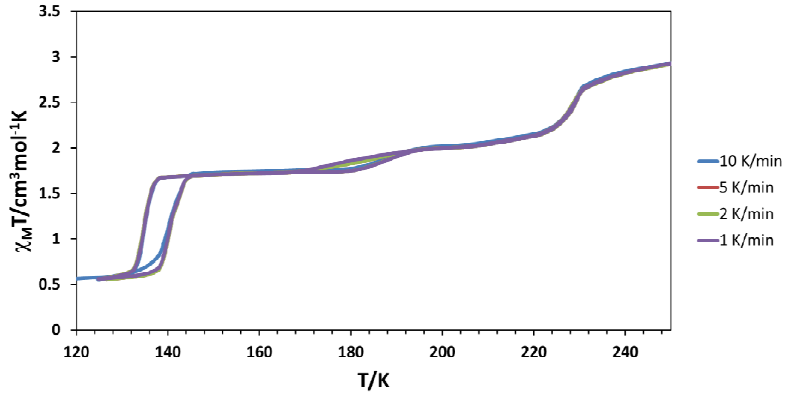Scientists in the UK and Malaysia have disclosed the research behind a fast and safe commercial technology for removing mercury from natural gas. The technology is the first solid-supported ionic liquid to be used at an industrial scale, and its development, from laboratory to full plant operation, took just four years.

The mercury-removing ionic liquid system was commercialised for use within the petroleum gas production industry
The vast volume of natural gas that is processed annually by industry contains a pernicious contaminant – hundreds of tons of mercury. This corrosive metal is intrinsically present within hydrocarbon deposits, and it must be removed to mitigate catastrophic damage, not only to the environment but also to the gas-processing plants.
Interested? Read the full story at Chemistry World.
The link to the original article is below:
An ionic liquid process for mercury removal from natural gas
Mahpuzah Abai, Martin P. Atkins, Amiruddin Hassan, John D. Holbrey, Yongcheun Kuah, Peter Nockemann, Alexander A. Oliferenko, Natalia V. Plechkova, Syamzari Rafeen, Adam A. Rahman, Rafin Ramli, Shahidah M. Shariff, Kenneth R. Seddon, Geetha Srinivasan and Yiran Zou
Dalton Trans., 2015, Advance Article
DOI: 10.1039/C4DT03273J























 Recent articles by Professor Feng in Dalton Transactions include:
Recent articles by Professor Feng in Dalton Transactions include:










